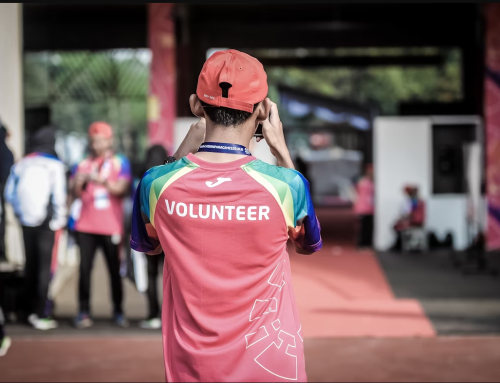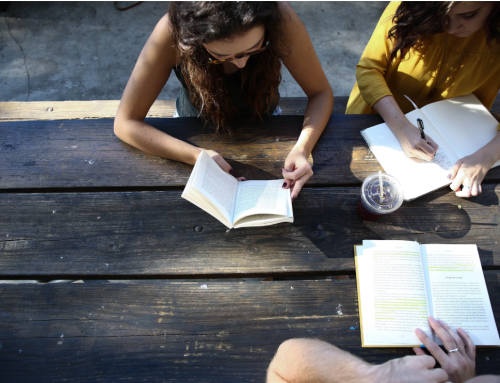Children today spend far less time outdoors than they should. In fact, data show that only 24% of kids aged 6–17 get the recommended hour of physical activity each day. This decline doesn’t just affect fitness levels. It also impacts focus in class, emotional well-being, and the ability to build social skills through play.
As an educator or school leader, have you noticed how quickly students light up when they have a safe space to move, compete, or simply play? Schools hold a unique responsibility here. By building engaging sports and play areas, they give children more than exercise—they offer opportunities to connect, release energy, and grow in confidence.
The question is: how can schools design spaces that remain safe, inclusive, and fun while also lasting for years?
Well, this post has some strategies for you. Read on!
Designing for Inclusivity and Engagement
Every student should feel welcome in a school’s play area. Spaces that exclude certain groups can lower confidence and discourage participation. Schools can avoid this by designing with inclusivity in mind.
Adding adaptive equipment for students with disabilities ensures no one is left out. Multi-use courts allow different sports to take place in the same space, giving more students a chance to join in. Even shaded rest areas matter—they offer safe spots for children who may need breaks. When schools create inclusive play zones, they send a powerful message: every child belongs here.
Choosing the Right Surfaces and Materials
When schools design sports areas, the choice of surface is often the starting point. The material beneath students’ feet determines safety, durability, and even long-term costs. That’s why turf has become such a popular option in recent years. It holds up under heavy use, stays reliable through different weather conditions, and requires less maintenance than natural grass.
Turf is also versatile. Schools use it for soccer fields, running tracks, and multi-sport courts. Take football as an example. An artificial football turf field gives players cushioning that reduces injury risks while maintaining consistent performance all year. It’s a practical choice that keeps both students and coaches confident during games. Today, many schools also work with specialized providers such as Keystone Sports Construction, which focus on building high-quality turf systems that balance safety, durability, and long-term value.
With the right surface in place, schools can create fields that inspire play while keeping students safe.
Balancing Safety With Fun
Fun is essential, but safety cannot be ignored. Schools should make sure that equipment, courts, and play zones are age-appropriate and secure. Simple measures like proper fencing, non-slip flooring, and padded edges protect students without limiting play.
Supervision also plays a critical role. Teachers and coaches trained in basic safety checks can spot risks before accidents happen. Combined with regular inspections, these measures ensure that students enjoy themselves while staying safe. When safety and fun exist together, schools foster trust and enthusiasm among children.
Adding Variety to Encourage Participation
Monotony discourages activity, especially among children who need stimulation to stay engaged. Students thrive when they have a variety of choices, because not every child connects with the same sport or game.
Schools can keep excitement alive by blending structured play with open, creative spaces.
Here are a few smart ways to add variety:
- Dedicated courts and fields for organized sports like basketball, soccer, or volleyball.
- Smaller play zones that invite creativity and free movement without rigid rules.
- Climbing walls or obstacle courses that challenge balance and strength.
- Running tracks and fitness stations for students who enjoy independent activity.
- Outdoor classrooms or shaded corners that allow playful learning and social interaction.
When schools offer diverse options, every student finds a space where they feel confident, active, and included.
Sustainability and Long-Term Planning
Engaging spaces should not just work for today—they should last for years. Schools that plan with sustainability in mind save costs and protect the environment.
Eco-friendly options include recycled surfaces, water-saving landscaping, and energy-efficient lighting. Designing multipurpose fields also reduces the need for excess land and equipment.
In fact, communities that invest in sustainable sports spaces see lower maintenance expenses and higher long-term usage. These decisions reflect responsibility toward both students and the planet.
Conclusion
Smartly designed play and sports areas shape more than schoolyards. They encourage healthy routines, spark confidence, and build stronger communities. By focusing on inclusivity, safe surfaces, variety, and sustainability, schools create environments where every child can grow. The goal is not just fun—it’s balance. A well-planned space ensures safety, promotes activity, and leaves students eager to return each day. In the end, schools are not only shaping minds but also building active, resilient lifestyles that last well beyond graduation.





